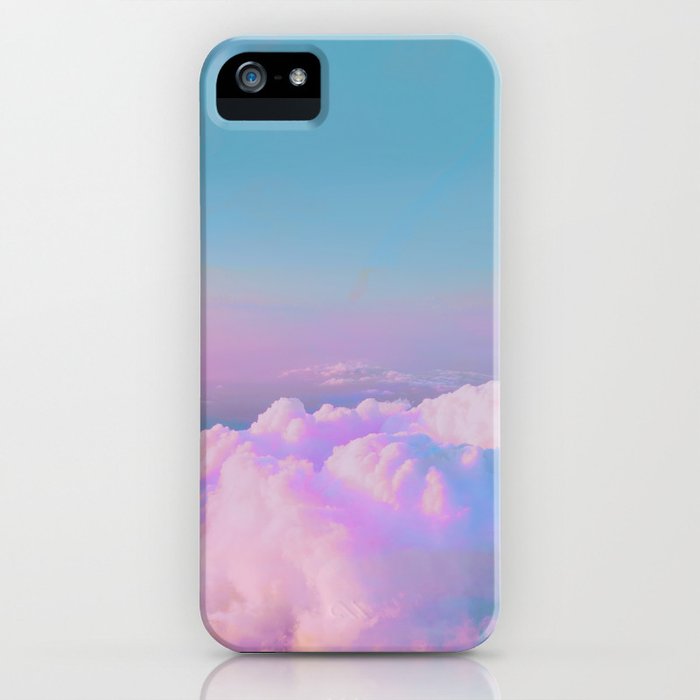


 |
 |
 |
 |
 |


her iphone case
SKU: EN-A10386

her iphone case
To ditch the app drawer, long press on the home screen then tap Settings > Home screen layout. It's gone. Starting with the S8, you swipe up or down on a home screen to view your app drawer. Swipe up or down on the app drawer, and your home screen comes back. For those who don't like the new method, you can bring the app button back. Long-press on the home screen, tap Settings > Apps button > Show Apps button. Want to get the most out of your new Galaxy S8? Read this. Out of the box, the Galaxy S8 is set up in typical Samsung fashion. For example, the screen resolution is scaled down, and the navigation buttons are reversed (compared to other Android devices).
After playing around with the Galaxy S8 Plus, I was tempted to make the switch, In fact, a relatively her iphone case small percentage of users end up switching from iOS to Android and vice versa each year, In a recent article, the Wall Street Journal cited stats from market researcher Consumer Intelligence Research Partners, which reported that 11 percent of former Android users bought an iPhone in 2016 while 15 percent of former iPhone users switched to Android, Of course, iPhone users aren't all switching from an iPhone to a Samsung phone; they're moving to several different Android vendors (LG and ZTE also picked up market share last year, according to the same WSJ story)..
So, will the Galaxy S8 move the needle on those "switch" numbers? The biggest variable is the battery question. But the black cloud of the Note 7 fires doesn't appear to have damaged the wider Galaxy brand: S8 preorders are said to be outpacing last year's model, and Samsung's brand reputation has already bounced back from its post-Note 7 low, at least according to one survey. Is the turnaround in Samsung's fortunes because of its extreme safety precautions in the new model or just the short memory of modern consumers? I don't know, but I'm willing to give the S8 a try myself. I'll likely be upgrading my iPhone 6S this year -- it's my primary phone -- and after playing around with the Galaxy S8 and S8 Plus after the big Galaxy S8 launch event a few weeks ago, I was smitten.
Here are a few reason I might switch, Rumor has it that Apple is going to release three new iPhones this fall, Two of them will be refreshes of the current iPhones -- basically, the iPhone 7S and 7S Plus -- while the "new" flagship model with all the new bells and whistles and rumored curved screen will cost upwards of $1,000, (When you consider that the 256 GB iPhone 7 Plus already costs $969, £919 or AU$1,569, it's really no stretch.), I'm willing to bet that phone will be very similar to the Galaxy S8 Plus in that it will have a high screen-to-phone-size ratio (translation: it will be an iPhone 7 Plus screen in an iPhone 7 body), But I'm not sure I want to pay $1,000 for a phone, By September we should see some discounts on the Galaxy S8 and S8 Plus, which currently list for about $750 (£689, AU$1,200) and $850 (£779, AU$1,350) respectively, depending on which her iphone case carrier you buy from..
In the US, the base models for the Galaxy S8 and S8 Plus have 64 GB of memory and feature a microSD expansion slot for adding more memory. You can add a 128 GB microSD for about $40 (the phones support up to a whopping 2 TB). If Apple follows its current lineup, new iPhones will come in 32 GB, 128 GB and 256 GB flavors. But you pay an extra $100 for each step up, which feels like highway robbery compared to those microSD card prices. The Galaxy S8 has a headphone jack and will come with a pair of AKG earbuds that Samsung will sell separately for $99.
- new ballet shoes pointe on sale
- ballet class dancewear
- poster ballet quote framed print. printed with vintage, rustic vibe. perfect gift for dancer. wall art for loves to dance. agnes
- 18cm fetish ballet calf hi boot gold metallic tassel charm burlesque patent pink
- pink juttis ,pink ballet shoes, embellished wedding shoes, mojaris, indian shoes, pink mojaris
- yosi samra kids miss samara nappa ballet flat (toddler/little kid/big kid)
- dance chocolate rice krispie treat pops - ballet shoe chocolate
- iphone case initials
- every thing will be fine iphone case
- olixar exoshield tough snap-on iphone xs case - black / clear reviews
- marble concrete stone texture pattern effect dark grain iphone case
- More...



